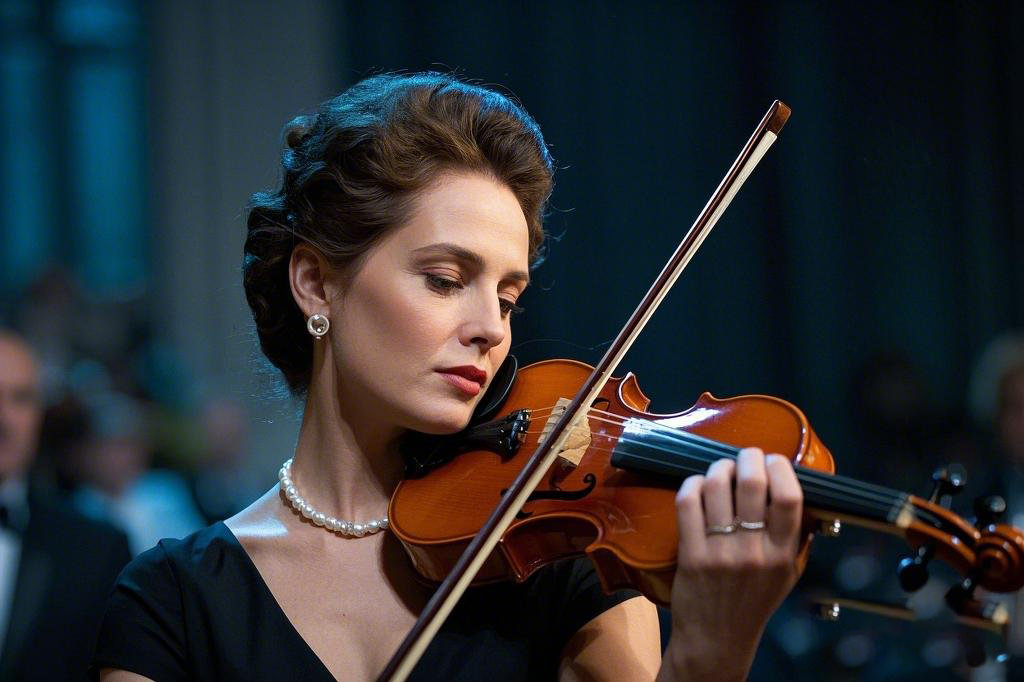The 4-12 Window_ Optimal Age for Bilingual Music Education
Shang Kun 2025-06-01 131
The 4-12 Window: Optimal Age for Bilingual Music EducationWe live in a world where the benefits of bilingualism are well recognized. From cognitive flexibility to improved problem-solving skills, speaking multiple languages opens doors to various opportunities. But have you ever wondered if there is an ideal age for introducing children to bilingual music education? The research on this topic is compelling and points to a narrow but crucial age range—ages 4 to 12—that holds the key to unlocking a child’s full potential in both language and music. But, is this window as optimal as it sounds, or are we missing the bigger picture?
There’s an increasing push for early exposure to music education, with the belief that younger minds absorb new concepts like sponges. While this is true to some extent, the combination of music and language presents a more nuanced picture. The challenge lies not in the fact that children can’t benefit from music education before age 4 or after age 12, but that the blending of these two skills seems to have the most profound impact when they are introduced within this specific window. Even so, are we limiting the potential of children by focusing so narrowly on this age range? What does science really say about the impact of bilingual music education during these formative years?

Research indicates that the 4-12 age range is when children’s brains are most adaptable, meaning they can form neural connections that will lay the foundation for not only language acquisition but also musical proficiency. It’s not just about learning to speak two languages or play an instrument; it’s about wiring the brain to think differently, more creatively. Learning a language through music strengthens a child’s linguistic ability and musicality in ways traditional methods don’t. But there’s more to it—these connections don’t just form in a vacuum. The cross-pollination of these two fields enhances a child’s ability to process and understand complex ideas, boosting their overall cognitive development.
But how exactly does this happen? When children between the ages of 4 and 12 are exposed to music and language simultaneously, studies have shown that the brain uses overlapping areas of processing. This means they not only improve their musical skills but also develop a deeper understanding of how to process sounds, rhythms, and even sentence structure in their second language. The enhanced auditory discrimination, combined with the memorization involved in learning both an instrument and a new language, sharpens their cognitive abilities. More importantly, music offers a unique context for children to express emotions and thoughts in a new language, making learning both fun and more effective. A skill set that used to seem separate—language and music—now works in harmony to promote both musical and linguistic fluency.
Yet, even with all these benefits, it’s crucial to note that the 4-12 age range is not a hard deadline, and there are still plenty of opportunities for children to benefit from bilingual music education before and after these years. However, the optimal window makes it easier to lay a strong foundation. For parents, educators, and music instructors alike, understanding this window and taking advantage of the brain’s heightened flexibility during these formative years can have lasting impacts. This doesn’t mean children outside this range won’t succeed in learning music or a second language, but the process may take more time and effort. It’s all about timing—how we approach bilingual music education at these pivotal stages can significantly influence the outcome.
So, what does this mean for parents looking to introduce their children to bilingual music education? The key lies in being proactive and making the most of the window between ages 4 and 12. Whether through structured lessons or playful activities, integrating music and language can have long-lasting benefits that extend far beyond childhood. For those seeking an effective and personalized approach, Chinese violin teacher Shang Kun offers one-on-one lessons, available both online and offline, ensuring tailored instruction to make the most out of these critical years. With the right guidance, this optimal age window can help children unlock their full potential in ways that extend far beyond just bilingualism or musical ability.
